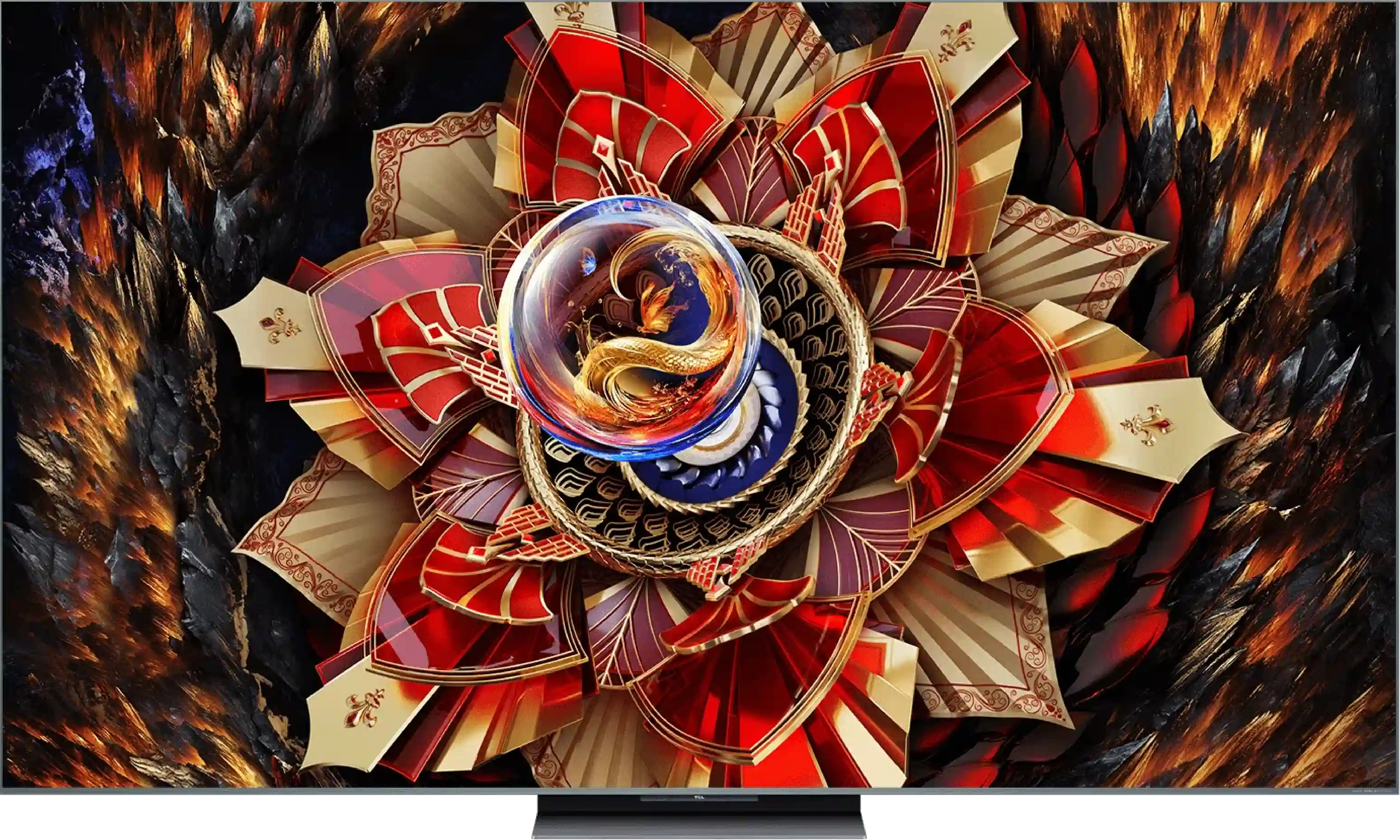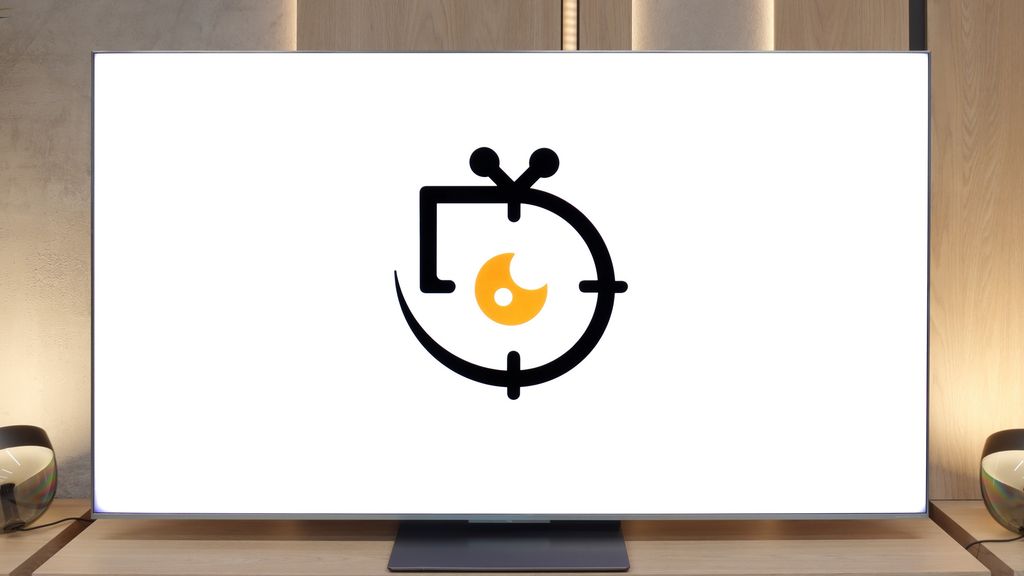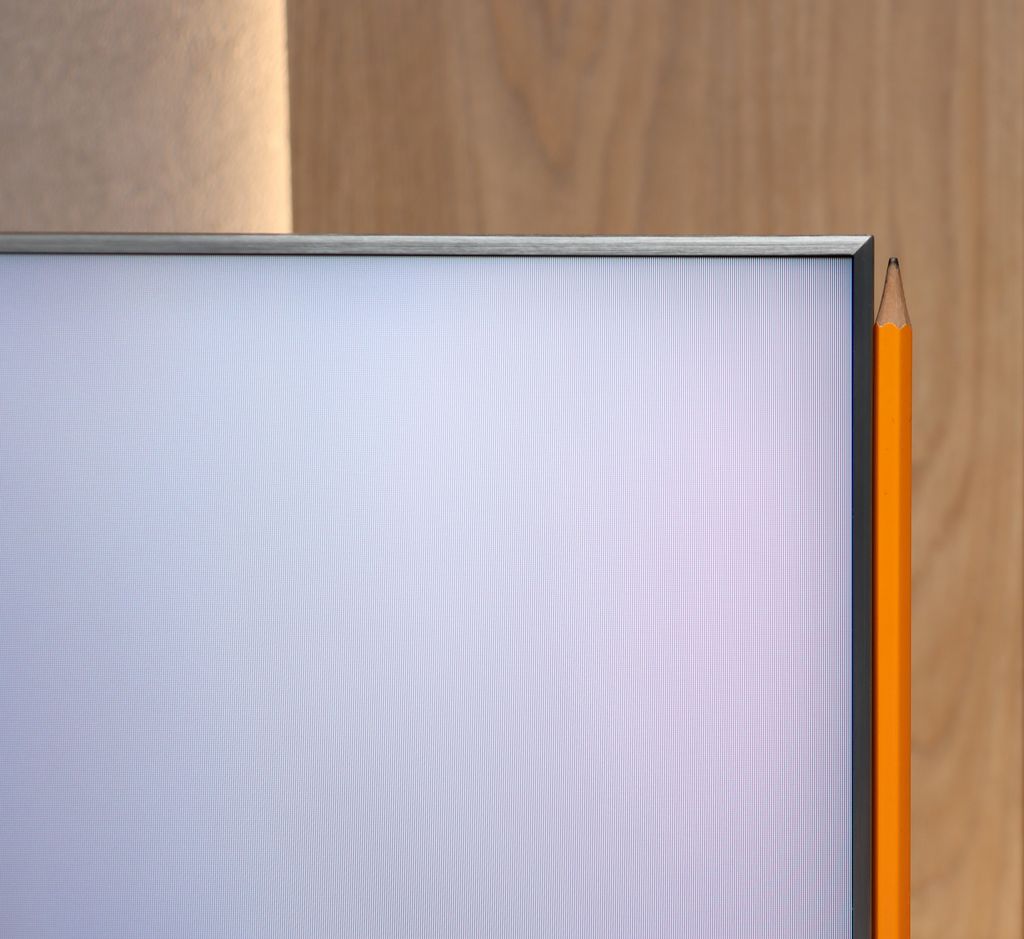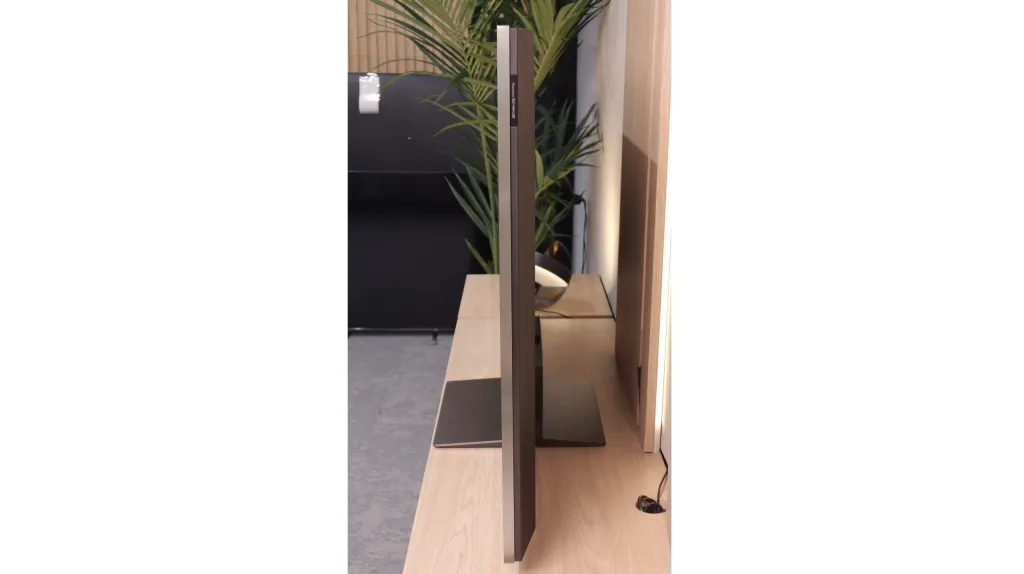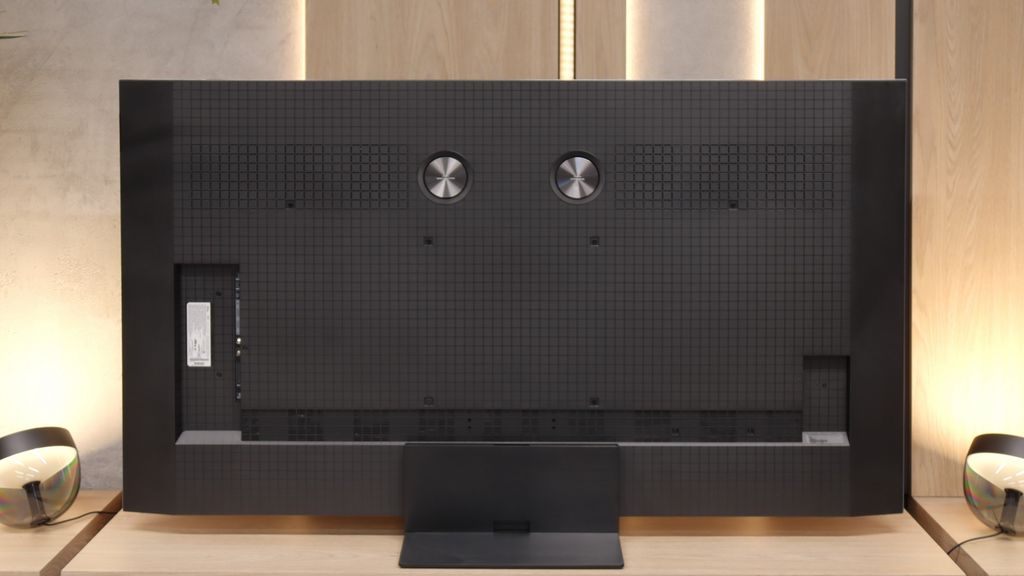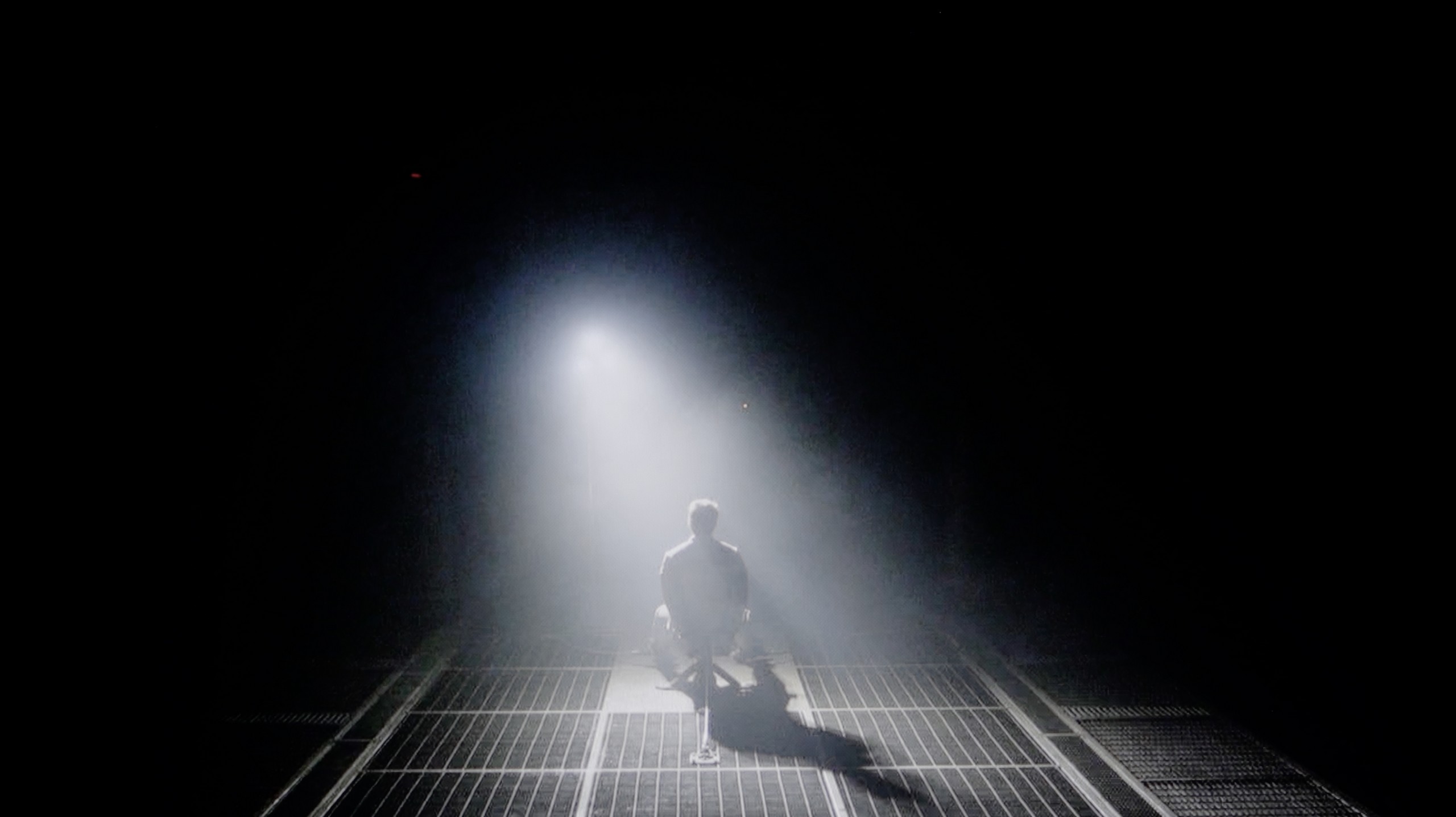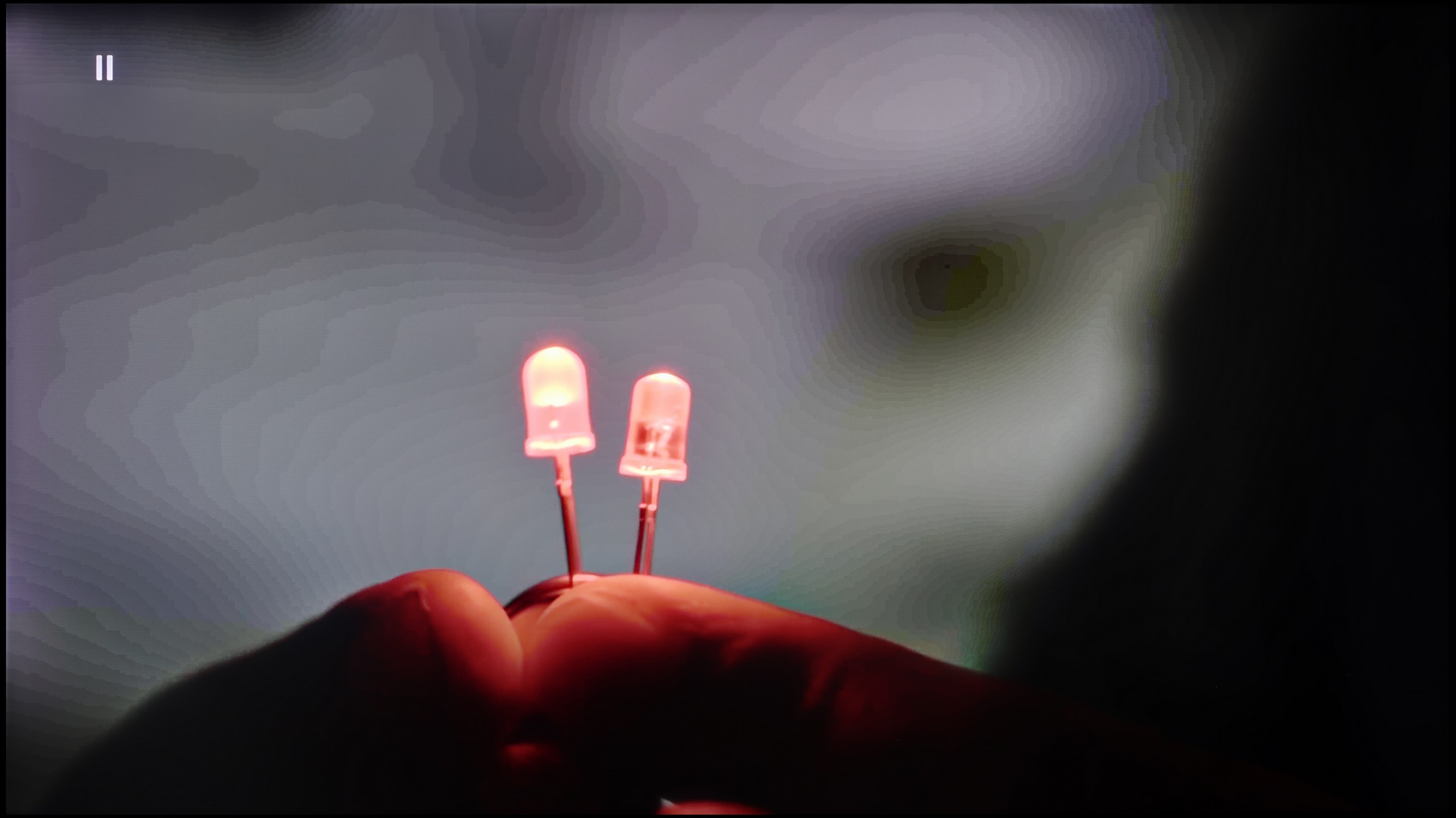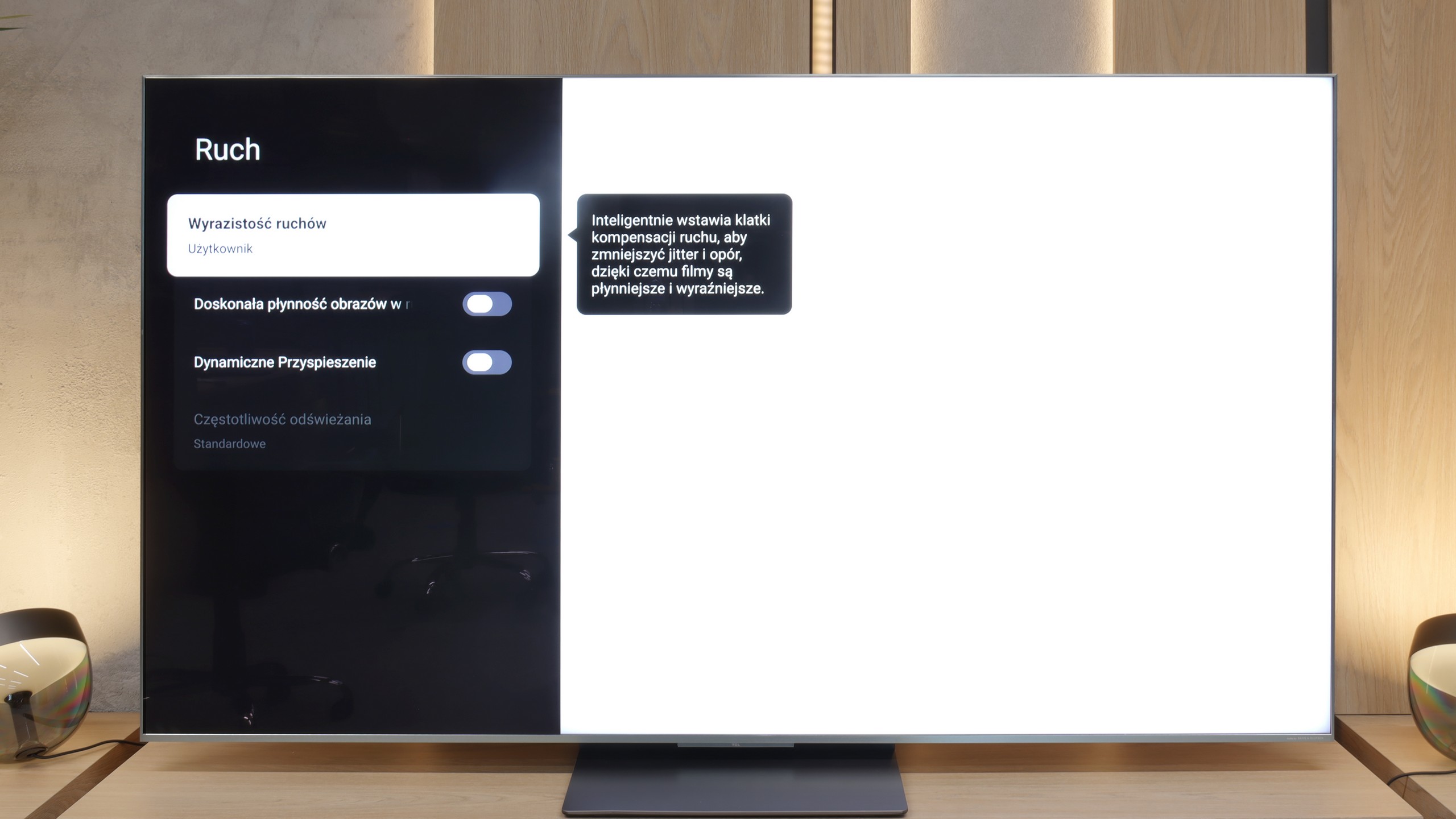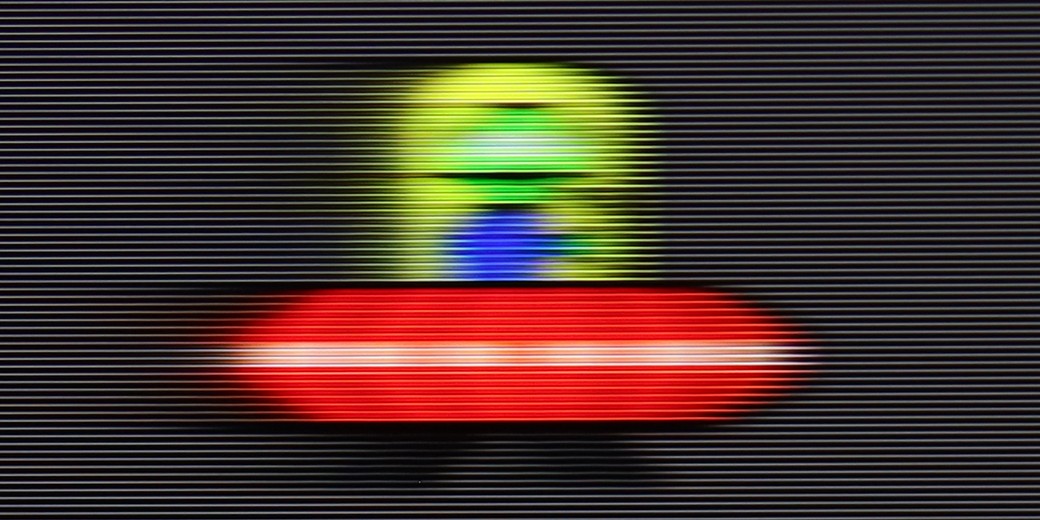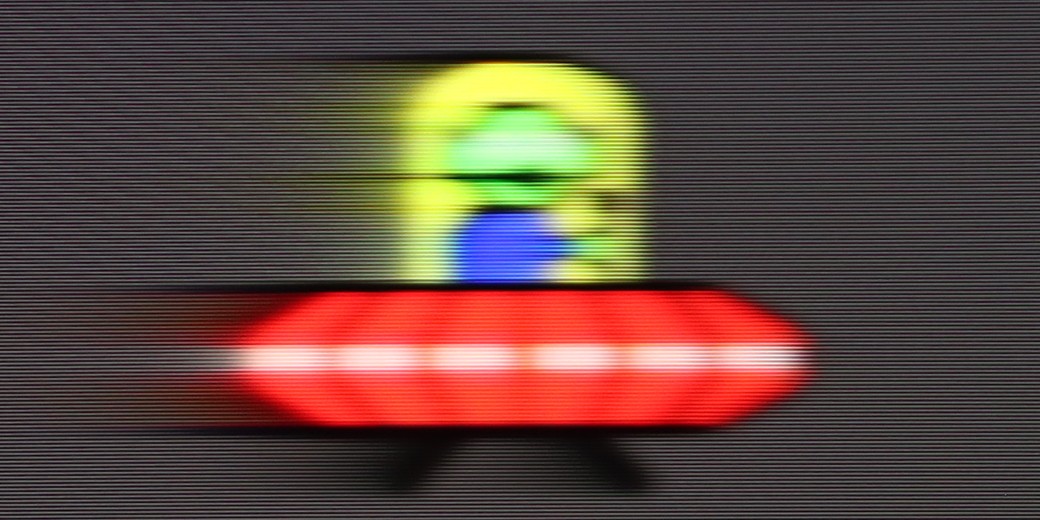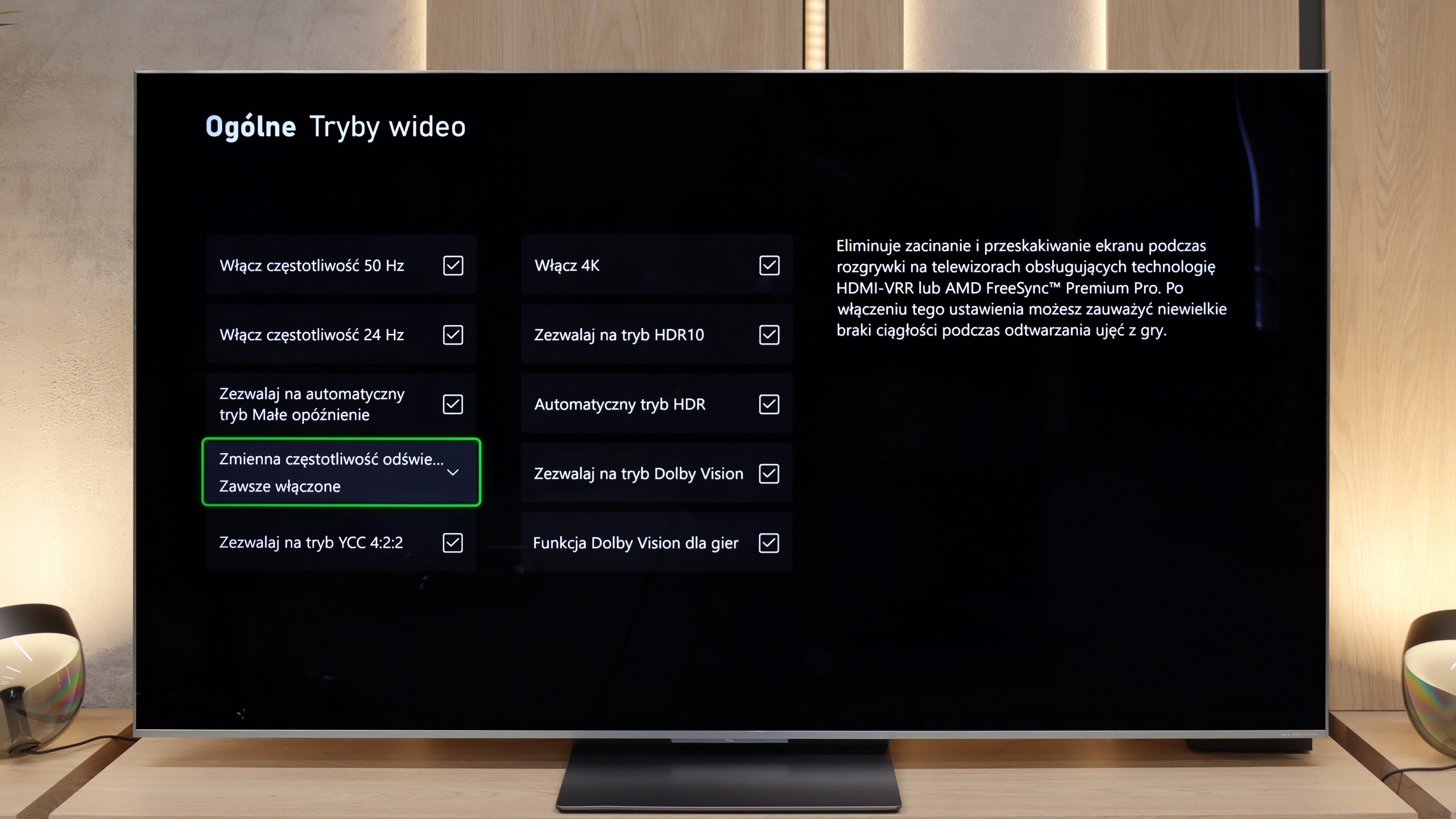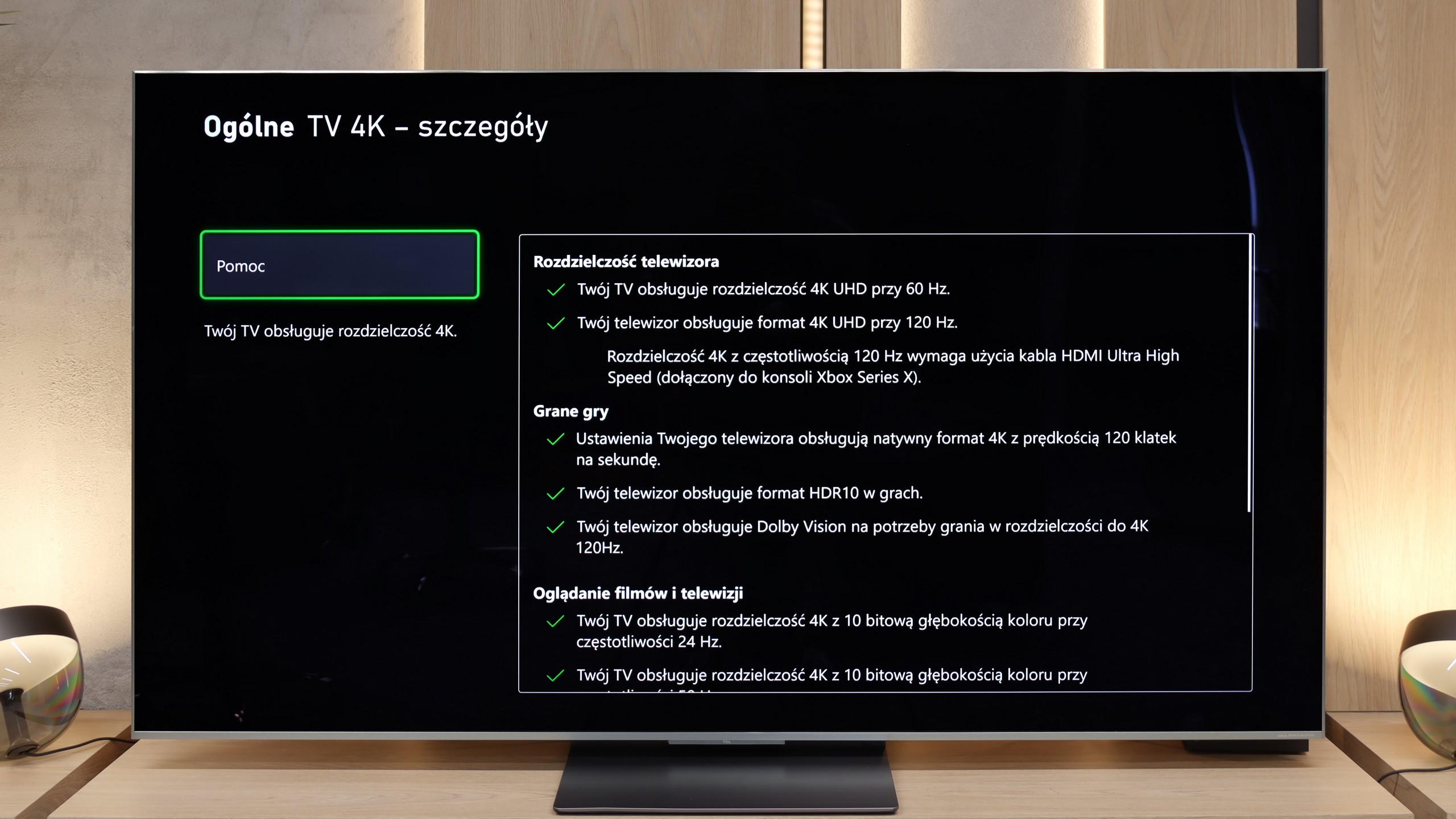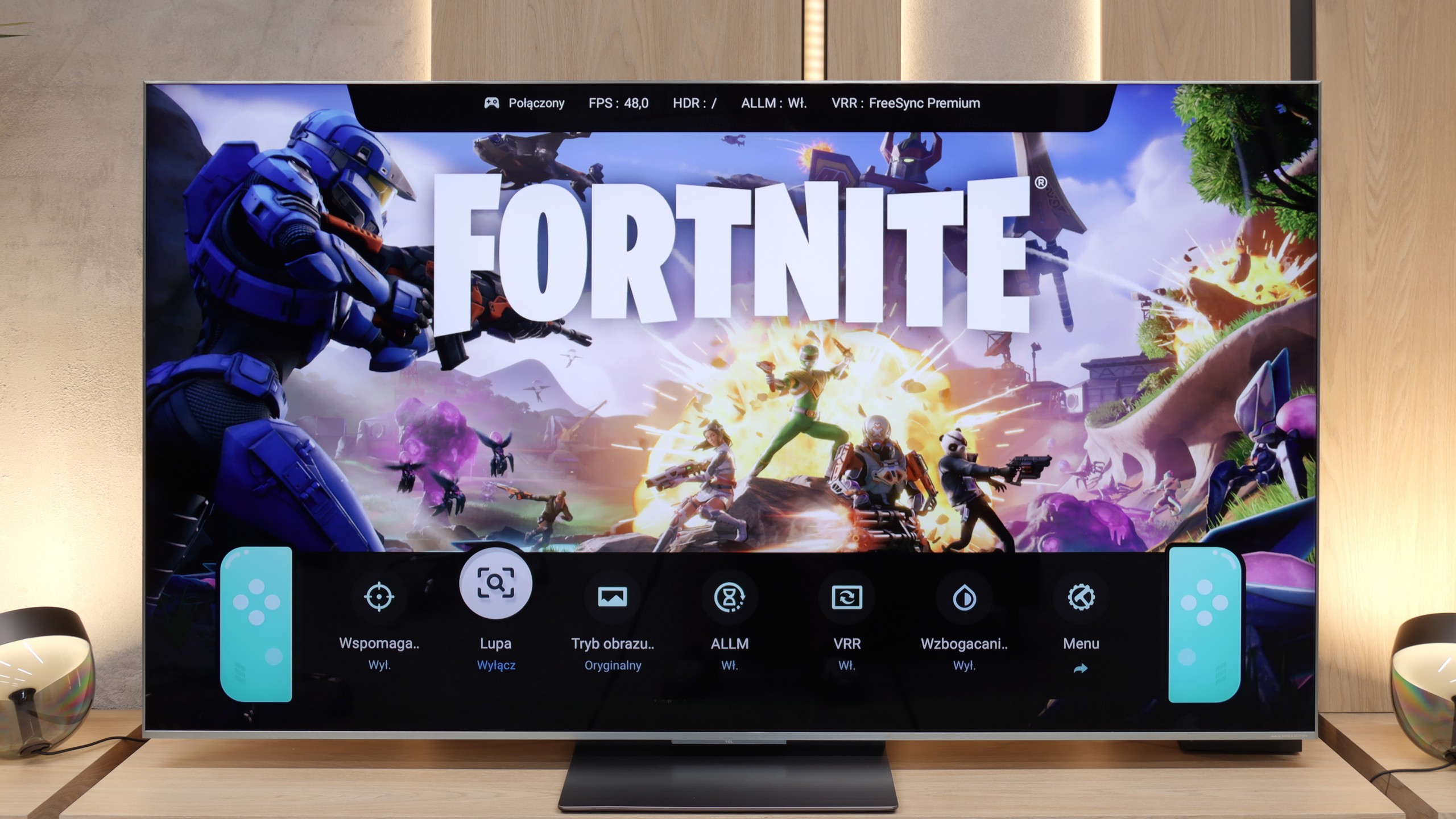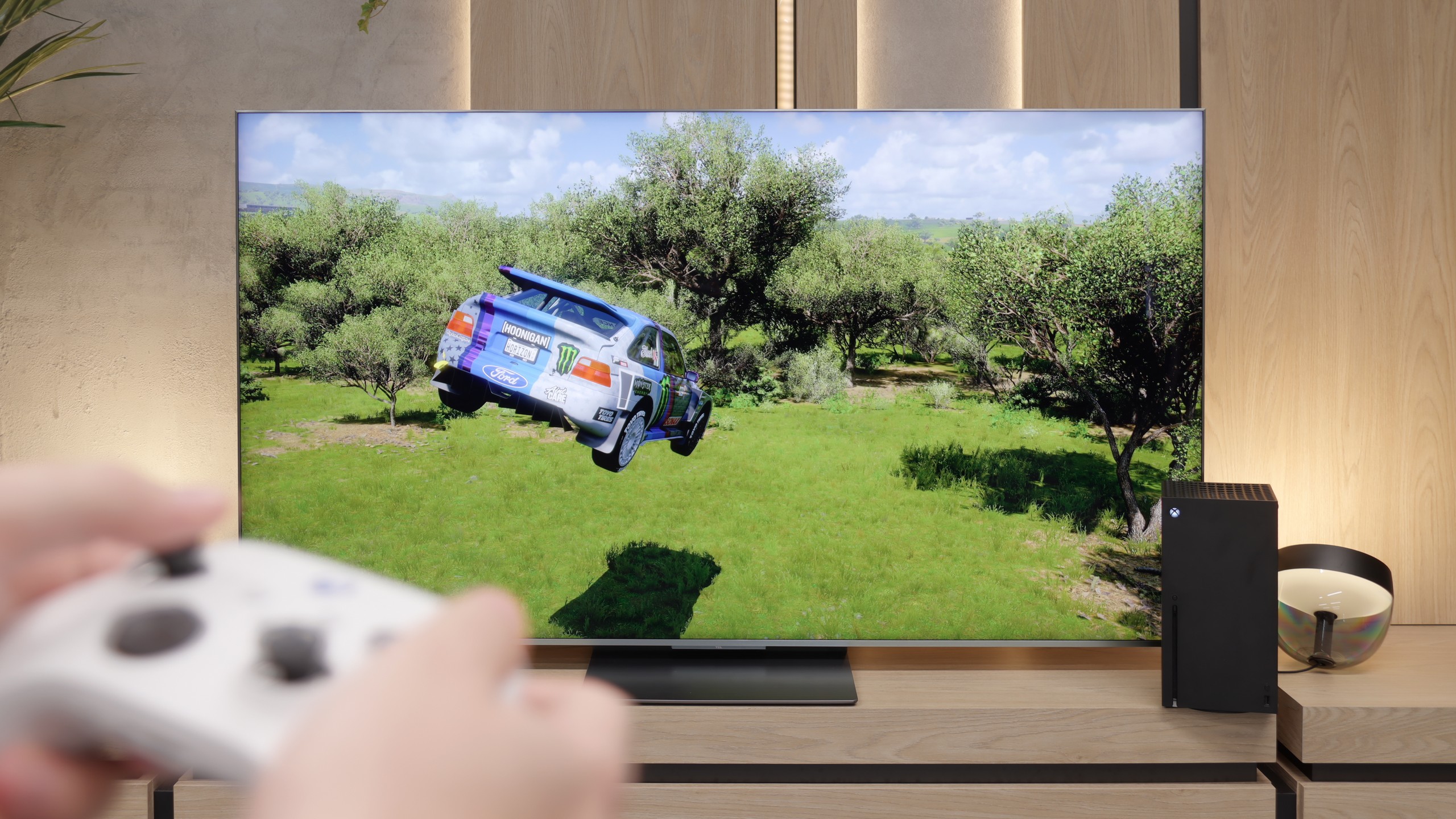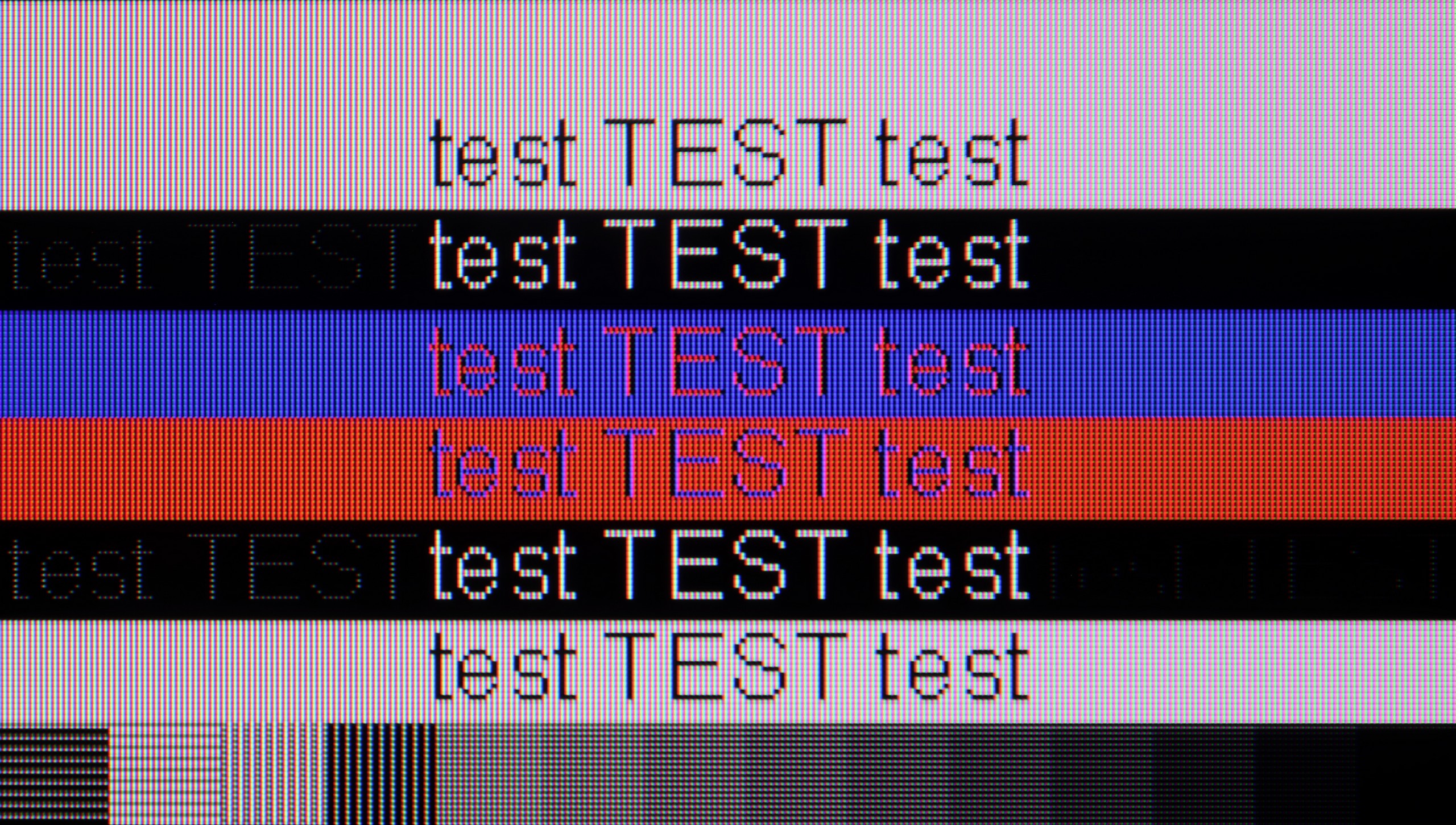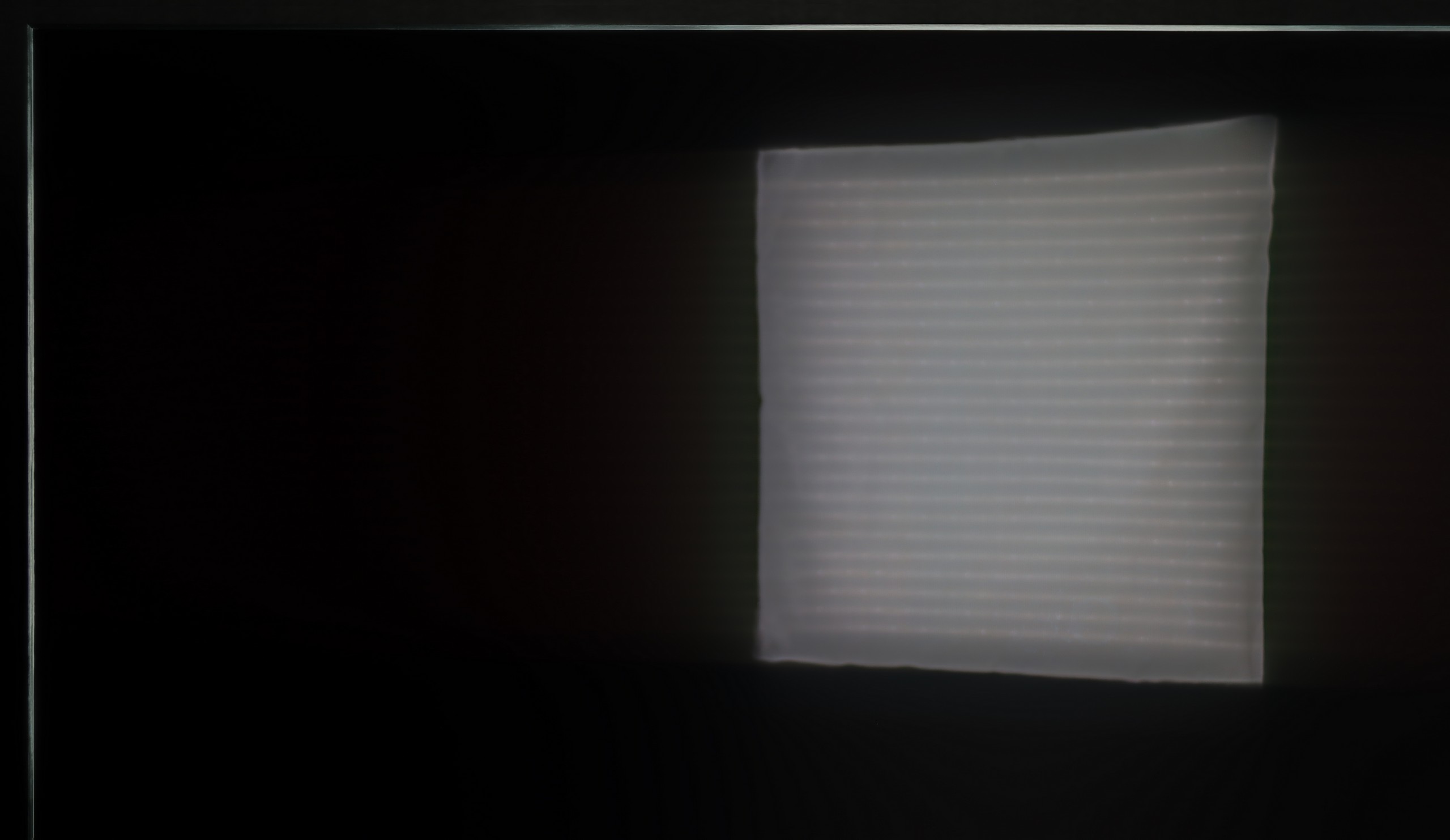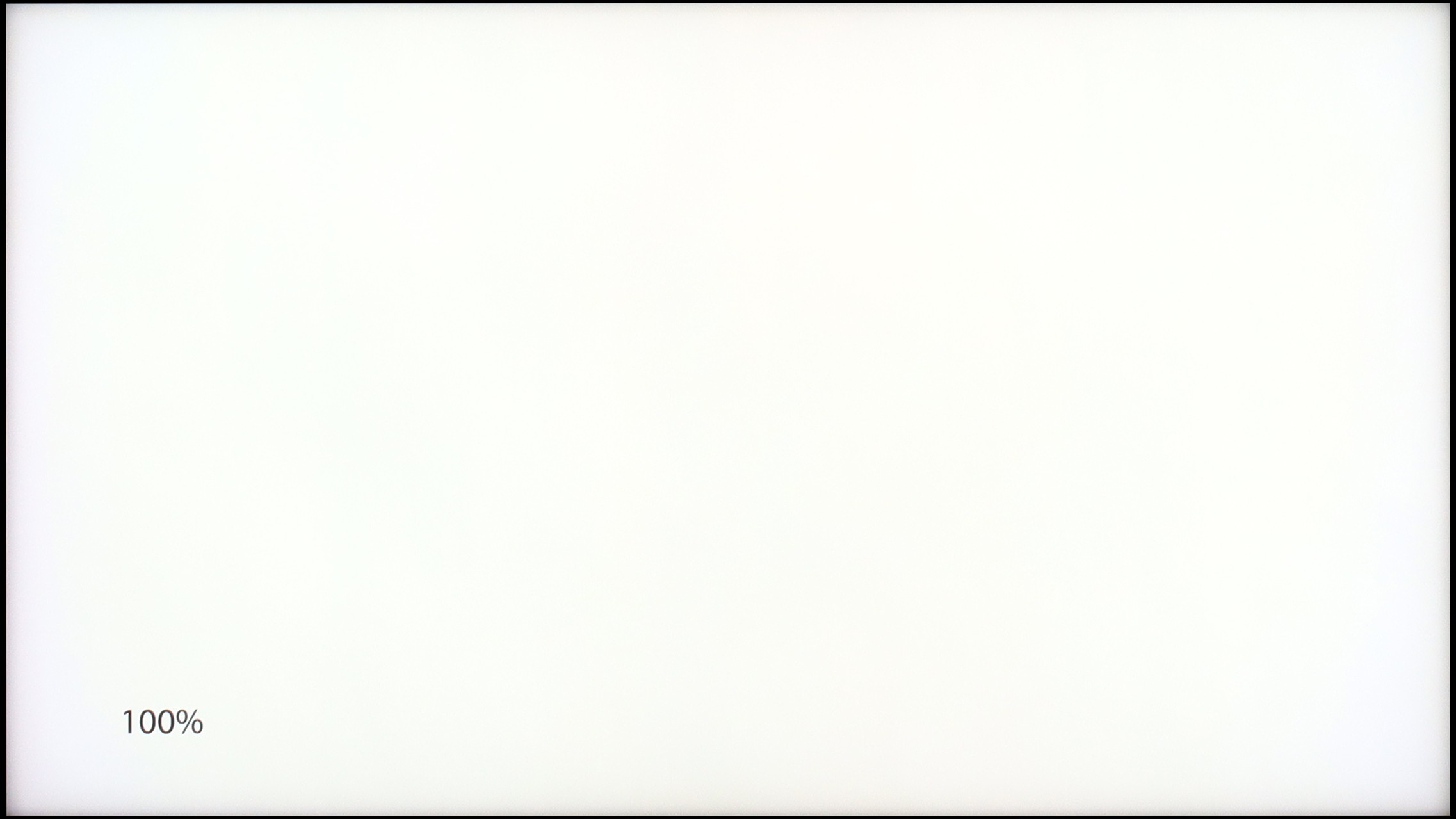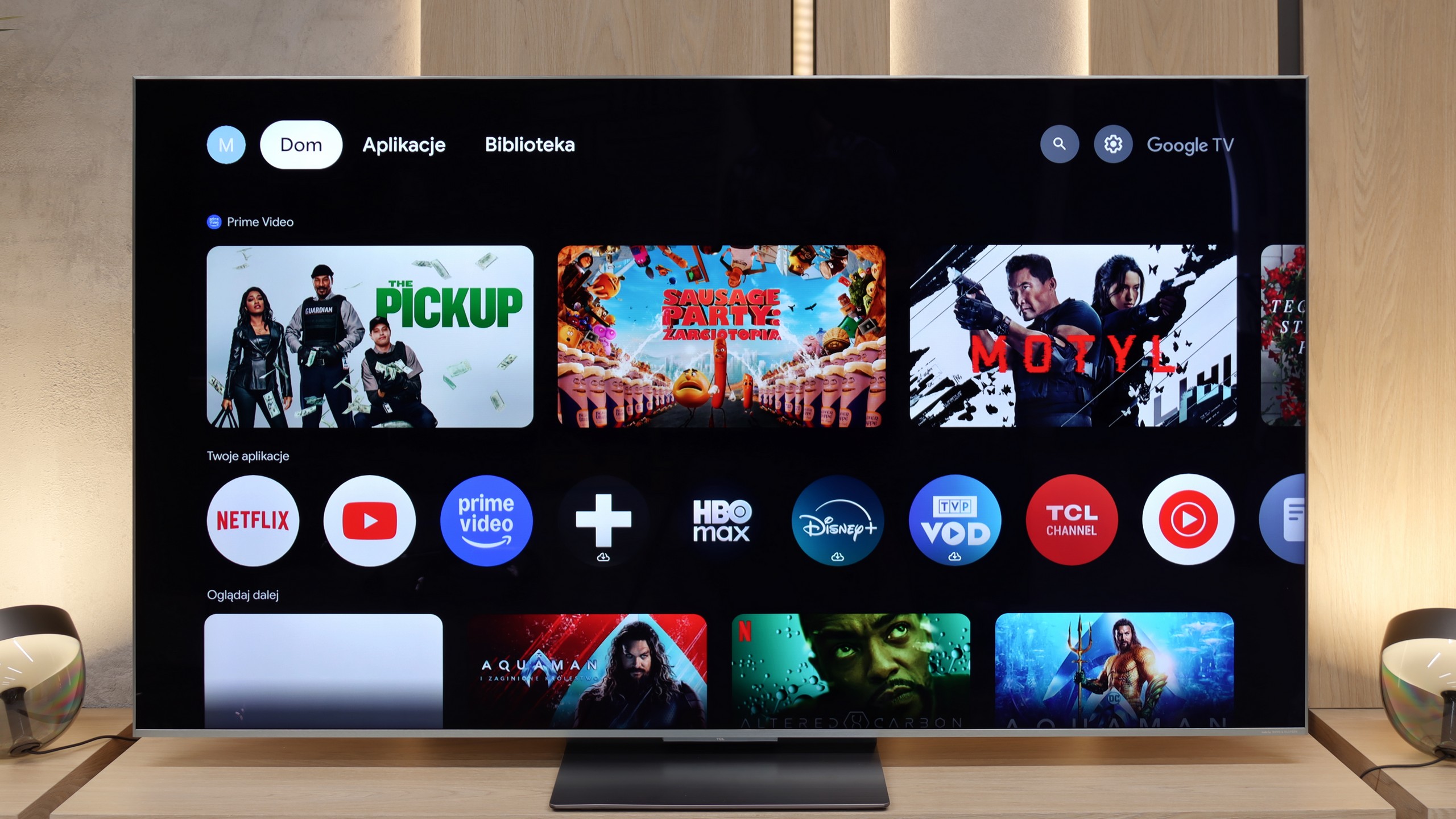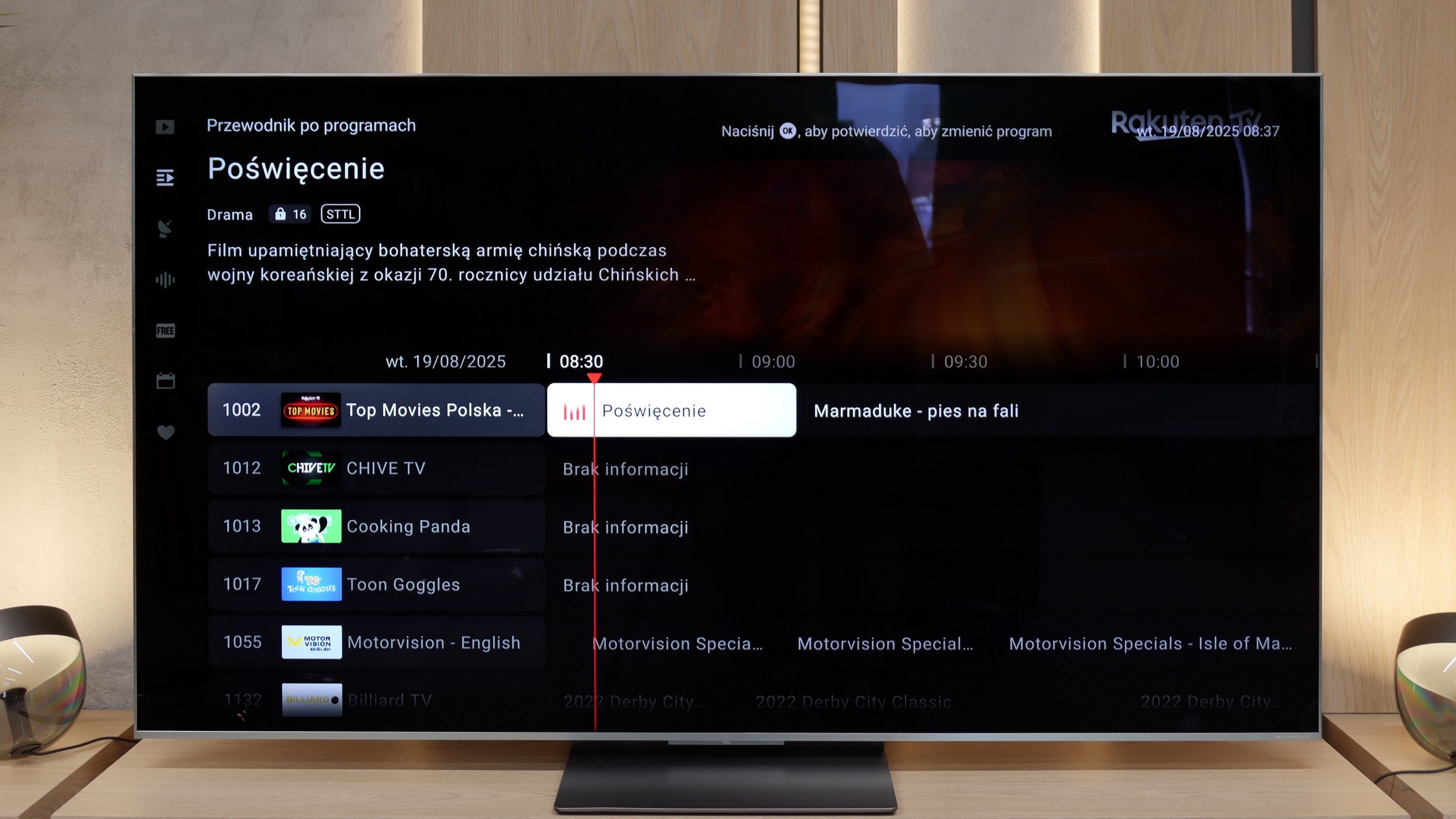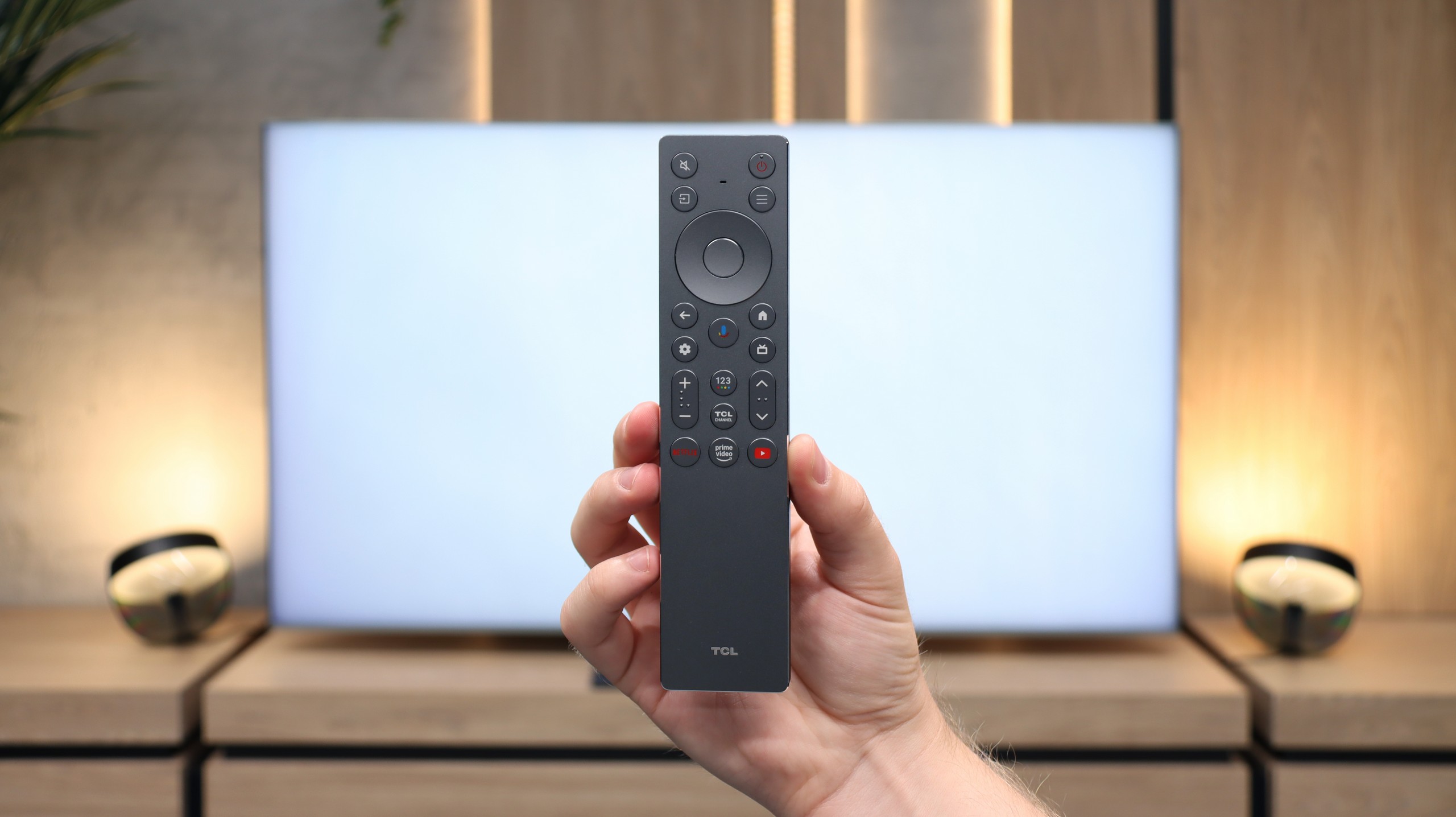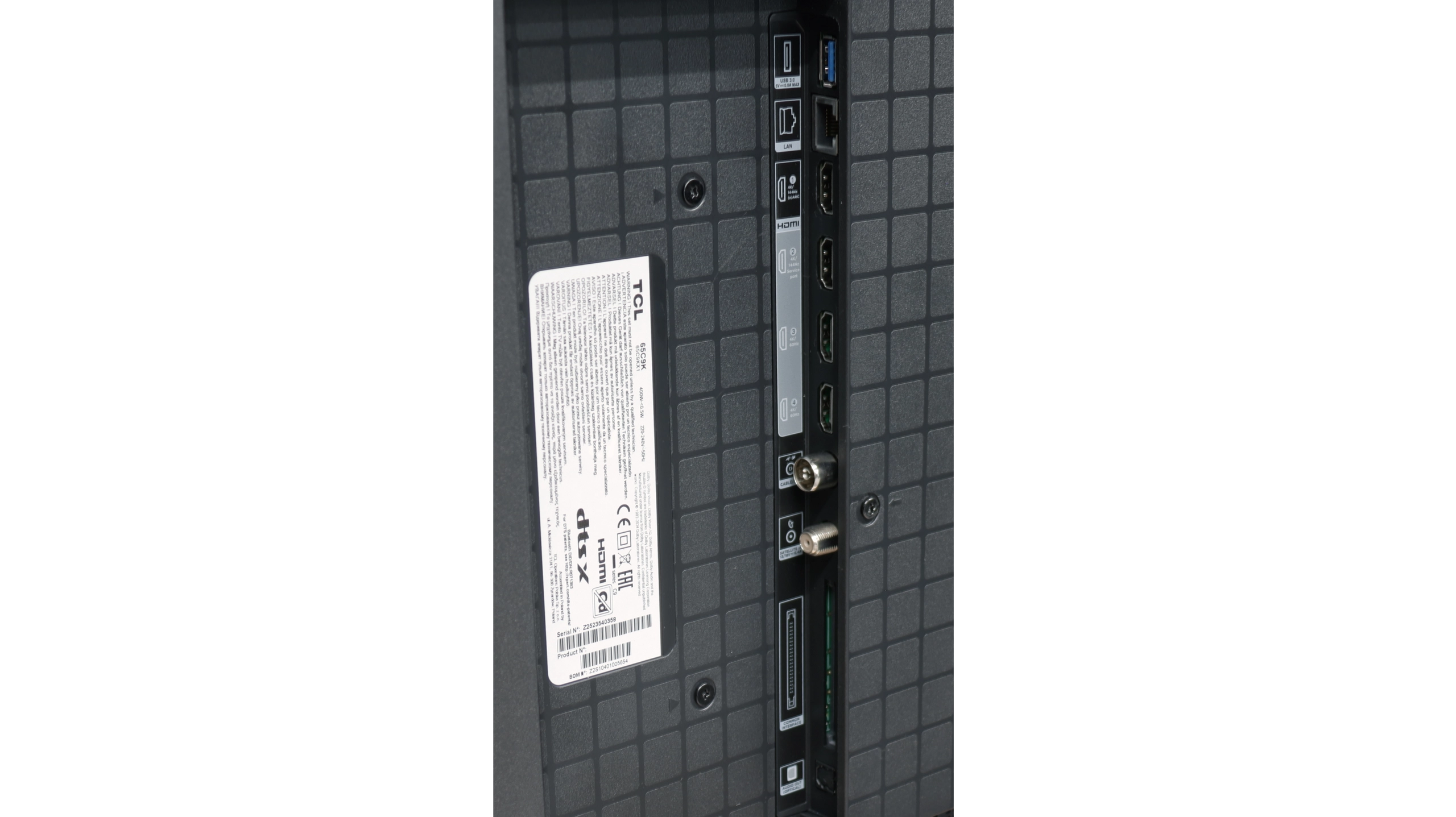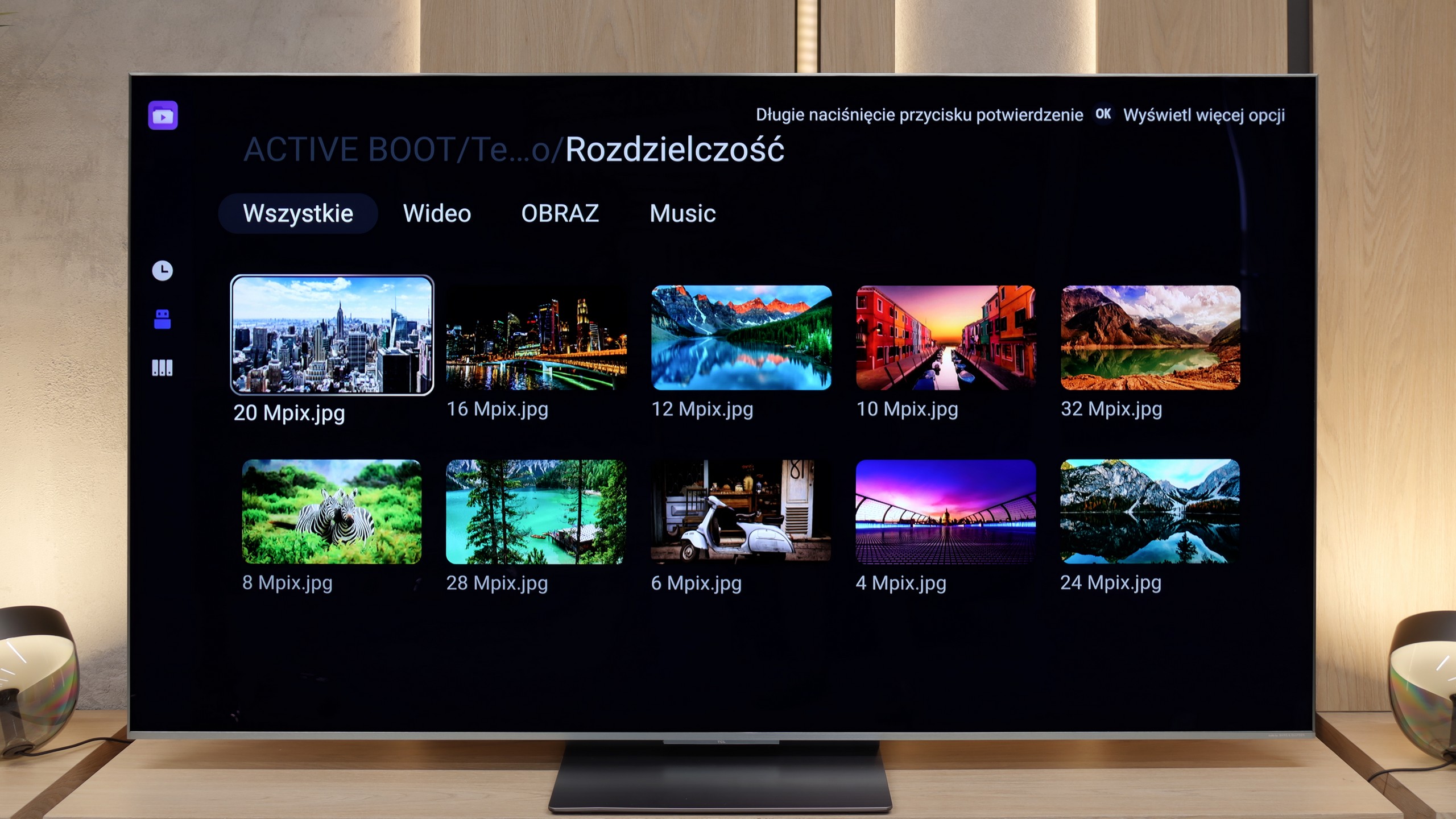LG has used its well-established proprietary WebOS system, a staple in its televisions for many years. This system provides access to virtually all major applications, with only a few notable exceptions, such as CDA or KODI. Additionally, the modern web browser and the remote control with a built-in mouse make streaming services easily accessible, even when specific apps are unavailable. One of WebOS's standout features is its ability to operate using a cursor that appears when the remote control is moved, offering great convenience when entering queries or passwords.
WebOS also includes screen mirroring, AirPlay, and Bluetooth headphone connectivity. For users with hearing impairments, it’s worth noting that WebOS allows the simultaneous use of headphones and the TV speaker, providing added flexibility. For sports fans, the system has a handy alert feature that notifies users of an upcoming match, ensuring they never miss a game.
Another highlight is the home panel, which enables users to control all smart devices connected to their home network. For example, a completed washing cycle will trigger a notification in the upper right corner of the screen.
In conclusion, while WebOS may not be as widely known or feature-rich as Android TV, it offers stable, fast performance and supports the majority of functions that users need. It is a solid and reliable option for those seeking a simple, effective, and user-friendly operating system for their television.
Classic TV Features
In terms of basic TV features, the TCL C9K does not disappoint – it has everything that most users expect. The EPG guide works smoothly, teletext is available, and pairing Bluetooth headphones, a mouse, or a keyboard is straightforward. However, it should be noted that in the Google TV system – just like in other TCL models – there are no more advanced options, such as recording programs or picture-in-picture (PiP) mode. Some may find this lacking, especially if they have used such features with competitors. It's also worth mentioning that we only have one USB port available – enough to connect a drive with movies or a flash drive, but if someone plans to use multiple devices, they might find this insufficient.
Smart Features
While the TCL C9K does not stand out in terms of classic solutions, it showcases its full potential in the realm of smart features. The Google TV system is currently the most popular platform, and it's easy to see why – the library of applications is vast. Netflix, YouTube, Disney+, HBO Max, Amazon Prime Video – all are readily available. Only those very attached to more closed ecosystems, such as Apple Music, will feel the gaps. A significant advantage is the built-in voice assistant – it works quickly, understands natural commands, and allows for convenient control of the TV: from switching channels to opening applications, to searching for content or checking the weather. It is in this aspect that the TCL C9K shows that a smart TV is more than just a "TV with the internet" – it is a tool that truly simplifies daily use of the device.

